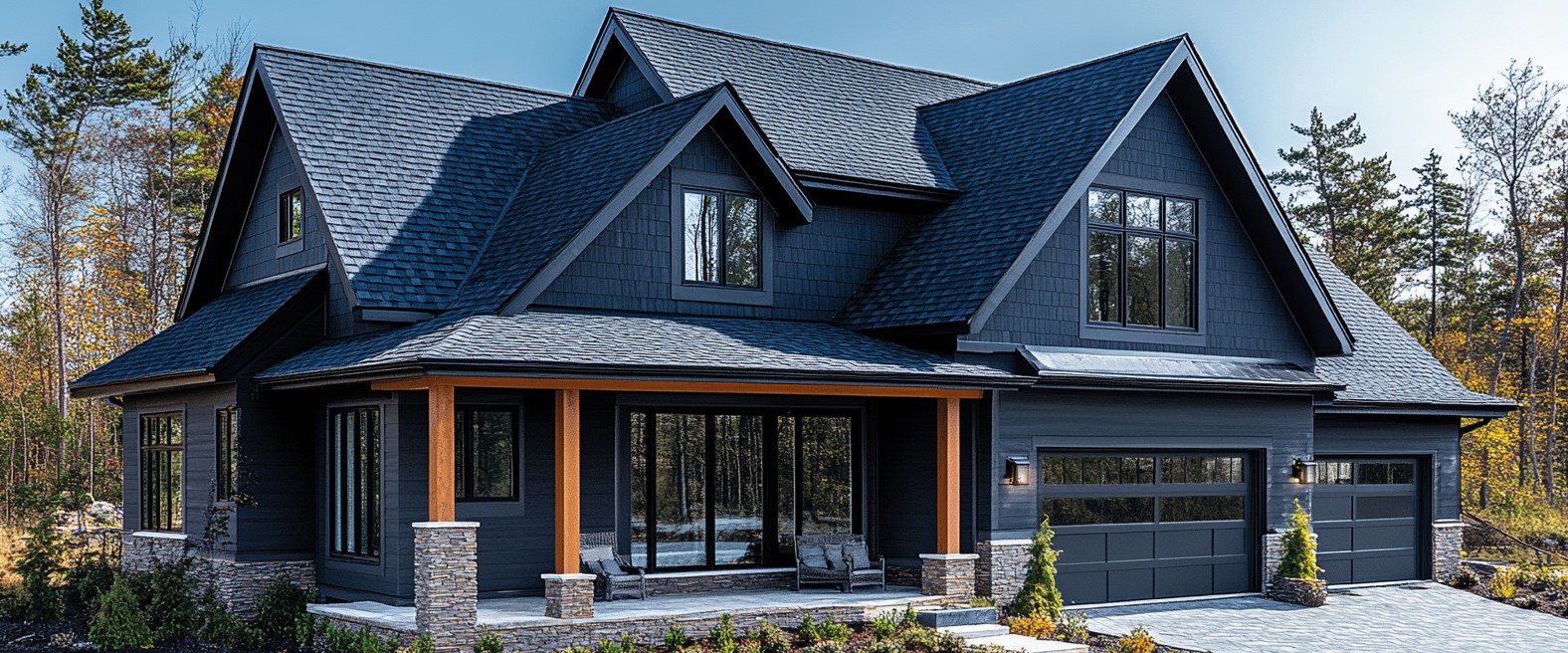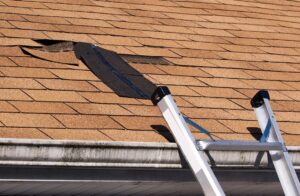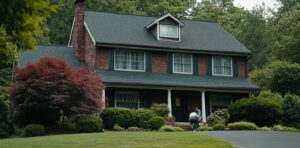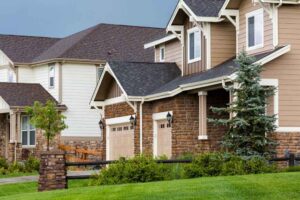When it comes to protecting your home, Best Choice Roofing is the name you can count on. As a trusted and reliable roofing company, we’ve worked with homeowners across the region to install durable, weather-resistant roofs that hold up to the unique climate conditions here. From heavy summer storms to unexpected seasonal shifts, we know the challenges your home faces, and we’re proud to offer top-notch asphalt shingle roofing tailored to keep your property safe, secure, and looking its best.
One of the biggest factors that affects both the design and the cost of your roofing project is something many homeowners don’t think about right away: roof pitch. Understanding how roof pitch works, how it’s measured, and why it matters can help you plan your project with confidence.
What Is the Roof Pitch?
The roof pitch is the measure of just how steep your roof is. In simple terms, it’s the ratio of the vertical rise to the horizontal run. A “standard roof pitch” usually falls somewhere between 4/12 and 6/12. This means the roof rises 4 to 6 inches for every 12 inches of distance horizontally. Roofs with a lower pitch are flatter, while those with a higher pitch are much steeper.
If you’ve ever wondered, “How do I calculate roof pitch?” the process is fairly straightforward. Using a level and a tape measure, you measure the rise over a 12-inch run. There are also roof pitch charts available that make it easy to visualize and compare different pitches. These charts can help you identify in a timely manner whether your roof is considered low, standard, or steep.
Why Roof Pitch Impacts Cost
While roof pitch may seem like a purely architectural detail, it has a direct effect on your roofing project’s cost. Here are a few reasons why:
1. Material Requirements
A steeper roof generally requires more materials. Because the surface area of the roof increases as the pitch becomes higher, more shingles, underlayment, and other supplies are needed to complete the job. Even if the footprint of the home is the same, a steep roof covers more square footage than a low-slope roof.
2. Labor Intensity
The steeper the roof, the more challenging it is for roofers to work safely and efficiently. A standard roof pitch is relatively simple to navigate, but a steep pitch requires additional safety equipment and more careful maneuvering. This slows down the installation process and increases labor costs.
3. Time on Site
Because of the extra safety precautions and difficulty of movement on steep surfaces, roofing crews will typically spend more time completing the project. What might take a couple of days on a standard roof pitch could take several more days on a roof with a dramatic slope.
4. Specialized Equipment
In some cases, steep roofs require scaffolding, harnesses, or even mechanical lifts to ensure safe access. The cost of this equipment is factored into the total project price.
5. Design and Aesthetic Considerations
Steeper roofs often have architectural features, like dormers, valleys, or intricate angles, that require precision installation. These design details add complexity to the project, which can increase both labor and material costs.
Roof Pitch and Long-Term Benefits
While a steeper roof may cost more upfront, it can also offer benefits that make the investment worthwhile. For example, high-pitch roofs typically shed water and snow more effectively, lowering the risk of leaks and water damage. They also provide more attic space and can enhance the curb appeal of your home. On the other hand, a standard roof pitch offers a balance of affordability, efficiency, and durability, which is why it’s the most common choice for residential asphalt shingle roofing.
By consulting roof pitch charts and talking with an experienced contractor, you can better understand the trade-offs between initial cost and long-term performance.
How to Plan for Your Roofing Project
If you’re preparing for a roof replacement, start by asking your contractor about the pitch of your current roof. Understanding whether you have a low, standard, or steep pitch will give you insight into the scope of the project. For those who are still asking, “How do I calculate roof pitch?”—don’t worry. Our team at Best Choice Roofing is here to handle those measurements for you and explain how they affect your estimate.
We believe in transparency, which is why we walk you through every factor that goes into your project cost. From materials to labor to design, we ensure there are no surprises, just high-quality asphalt shingle roofing installed with care.
Ready to Learn More?
At Best Choice Roofing, we combine expertise, quality materials, and local knowledge to deliver roofs that stand the test of time. Whether you have a standard roof pitch or a more complex design, our team is ready to provide a thorough inspection and a clear estimate tailored to your home. Don’t leave your investment to chance; trust the professionals who understand how to balance cost, safety, and performance.
Contact Best Choice Roofing today for your free roof inspection and let us help you find the best solution for your home.
